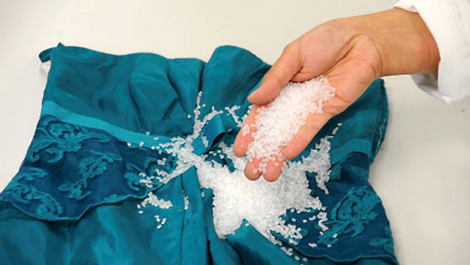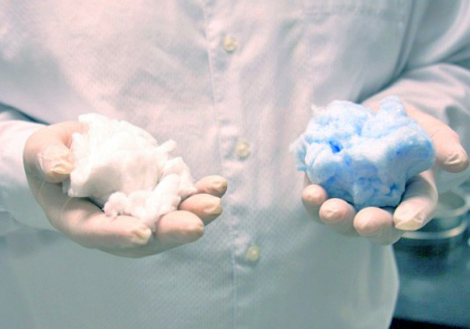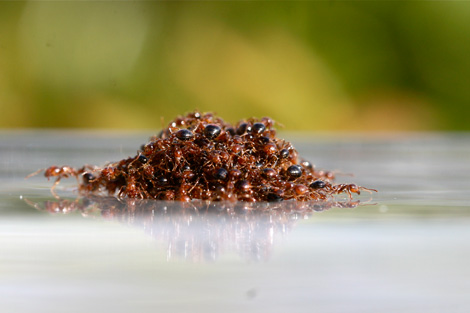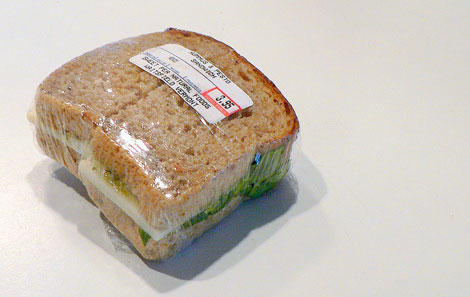Posted on May 19th, 2011 by jxh

We have previously reported on many green initiatives related to building and roadway materials: smog-eating cement, concrete that can heal itself when it detects cracks, and pavement with solar-storing technology.
Now, civil engineers at Purdue University are working to design a cost-effective mixture for road construction and bridge support.
Read More
Filed under: Civil, e-News, Environmental, Materials, Transportation | 4 Comments »
Tags: Civil, Environmental, Green Technology, Materials, Transportation
Posted on May 12th, 2011 by jxh

The average washing machine uses between 40 and 45 gallons of water per load of clothes. In addition, a large amount of energy is needed to heat the water. When you include the cost of laundry detergent on top of all that, you realize that washing clothes can be a pricey affair.
However, researchers at the British company Xeros Ltd have developed a new washing-machine technology that cleans clothes using a mere cup of water and just a drop of detergent.
Read More
Filed under: e-News, Environmental, Materials | 6 Comments »
Tags: Environmental, Green Technology, Materials
Posted on May 11th, 2011 by axb

It’s not edible, but this new fiber could be the right medicine for persistent wounds.
A fluffy new material composed of glass fibers could be the latest in wound-healing technology, say researchers from Missouri University of Science and Technology. This cotton candy-like substance (pictured above) is composed of borate glass nanofibers and has been labeled DermaFuse.
Read More
Filed under: Biomedical, e-News, Materials | 1 Comment »
Tags: Biomedical, Materials, Nanotechnology
Posted on May 4th, 2011 by jxh

After closely studying the biomechanics of
cats, dogs, and
jellyfish, engineers are turning their attention to more bothersome critters:
fire ants.Engineers at the Georgia Institute of Technology examined the notoriously feisty ants more closely and discovered that the hairy surface of their rough skin makes it difficult for water to penetrate, much as duck feathers repel water because of their tiny bumps. Their work could lead to the development of new and better waterproof materials.
Read More
Filed under: e-News, Materials | 1 Comment »
Tags: Biomimicry, Materials, Robotics
Posted on April 25th, 2011 by jxh

Is your lunch fresh enough to eat? Now the plastic wrap can tell you
Consumers often throw away perfectly edible food because they think it has “gone bad.” As a result, the Environmental Protection Agency estimates that food scraps constitute 12 percent of municipal landfills, making food the single largest component of the country’s waste stream.
To help prevent consumers from prematurely throwing away food, researchers are developing a plastic wrap that will change colors when the food is no longer safe to eat.
Read More
Filed under: Agricultural, e-News, Environmental, Materials | 2 Comments »
Tags: Agricultural, Environmental, Food, Green Technology, Materials













